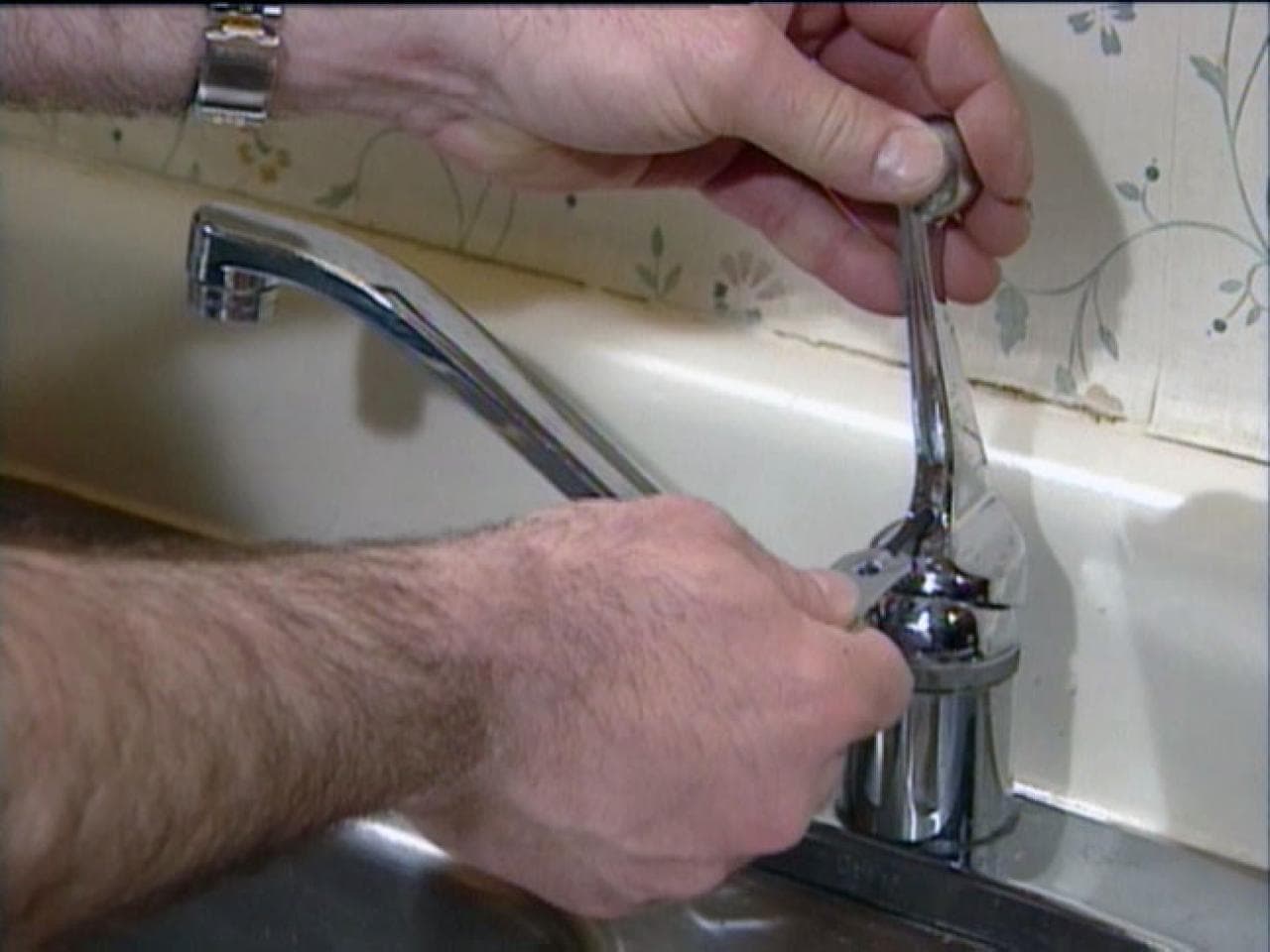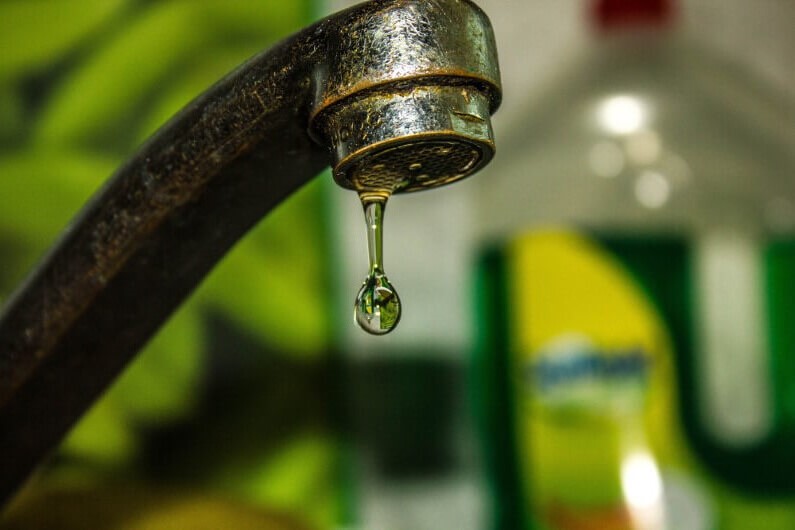What It's Crucial to Fix a Leaking Faucet
What It's Crucial to Fix a Leaking Faucet
Blog Article
Are you currently in search of ideas concerning Why It's Important to Fix Leaky Faucets?

Dripping faucets could look like a minor trouble, but their impact exceeds simply the inconvenience of the audio. From wasting water to incurring unneeded monetary costs and wellness risks, disregarding a trickling tap can bring about numerous repercussions. In this short article, we'll look into why it's crucial to resolve this typical family concern immediately and effectively.
Wastage of Water
Ecological Influence
Trickling taps contribute considerably to water wastefulness. According to the Epa (EPA), a solitary tap leaking at one drip per secondly can throw away more than 3,000 gallons of water annually. This not just strains water sources but likewise influences ecological communities and wildlife dependent on them.
Step-by-Step Guide to Fixing a Dripping Tap
Tools Needed
Prior to attempting to repair a leaking faucet, collect the essential tools, consisting of a flexible wrench, screwdrivers, replacement parts (such as washing machines or cartridges), and plumber's tape.
Usual Faucet Issues and Their Solutions
Recognize the type of tap and the specific problem causing the drip. Common troubles consist of damaged washers, corroded shutoff seats, or defective O-rings. Describe supplier instructions or on the internet tutorials for step-by-step guidance on repair work.
Financial Costs
Boosted Water Expenses
Past the ecological influence, dripping taps can pump up water bills substantially. The built up wastefulness over time converts right into higher energy costs, which could have been stayed clear of with timely repairs.
Prospective Building Damage
In addition, prolonged dripping can cause harm to components and surfaces bordering the tap. Water accumulation can cause staining, corrosion, and also architectural problems if left ignored, causing added fixing costs.
Health and wellness Problems
Mold and Mildew Growth
The consistent visibility of dampness from a dripping faucet creates an ideal setting for mold and mildew and mildew development. These fungis not just jeopardize interior air high quality yet likewise pose health and wellness dangers, specifically for people with respiratory conditions or allergic reactions.
Waterborne Diseases
Stagnant water in trickling faucets can end up being a breeding ground for germs and various other virus, increasing the danger of waterborne illness. Contaminants such as Legionella microorganisms flourish in stagnant water, potentially leading to serious health problems when ingested or breathed in.
DIY vs. Professional Repair
Benefits and drawbacks of Do It Yourself Fixing
While some may attempt to repair a trickling tap themselves, do it yourself repair work include their very own collection of difficulties. Without appropriate knowledge and devices, DIY attempts can worsen the issue or cause incomplete fixings, extending the issue.
Benefits of Working With a Specialist Plumber
Hiring a professional plumber makes certain that the underlying reason for the leaking tap is dealt with effectively. Plumbing professionals have the know-how and devices to identify and repair tap problems successfully, saving time and lessening the risk of further damages.
Environmental Responsibility
Specific Payment to Conservation
Taking responsibility for fixing dripping faucets lines up with wider initiatives towards water preservation and ecological sustainability. Every person's actions jointly make a substantial impact on preserving valuable resources.
Sustainable Living Practices
By focusing on timely repair work and adopting water-saving practices, people contribute to lasting living techniques that benefit both existing and future generations.
Safety nets
Routine Upkeep Tips
To stop dripping faucets, carry out routine maintenance such as cleansing aerators, examining for leaks, and replacing worn-out parts quickly. Furthermore, consider installing water-saving devices or updating to much more reliable fixtures.
Relevance of Prompt Services
Dealing with dripping faucets as soon as they're discovered protects against further water wastage and prospective damages, eventually saving both water and cash over time.
Impact on Residential Or Commercial Property Worth
Assumption of Well-Maintained Property
Maintaining a residential or commercial property in good condition, consisting of resolving maintenance concerns like dripping taps, boosts its viewed value and worth amongst possible buyers or tenants.
Influence on Resale Worth
Residences with well-kept plumbing fixtures, including taps, command greater resale worths in the real estate market. Attending to leaking taps can add to a positive perception during property inspections and negotiations.
Verdict
Resolving a dripping faucet exceeds mere ease; it's an important step towards saving water, lowering economic expenses, and guarding health and wellness and residential or commercial property. Whether through DIY repair services or specialist aid, doing something about it to fix leaking taps is a little yet impactful means to advertise accountable stewardship of resources and add to a much healthier, more sustainable future.
How to Fix a Leaky Faucet: Step-by-Step Repair Guide
A leaky faucet may seem like a simple annoyance, but if it's not fixed promptly, that leak could cost hundreds to potentially thousands. From water damage to mold, mildew, and high water bills, even a tiny leak can be catastrophic if left unattended. Damage like this can even affect the overall value of your home, so it's important to take the right approach for leaky faucet repair. You may need the help of a plumber in some cases, but we've got a few tips you can try on how to fix a leaky faucet before calling the pros.
Four Faucet Types
When you're learning how to fix a leaky faucet, the first step is knowing what kind of faucet you're working with! There are four common types.
Cartridge Faucets
Cartridge faucets come in one- or two-handled varieties. In one-handled cartridge faucets, hot and cold water combines in a single cartridge. In the two-handled versions, hot and cold water are controlled separately and mixed in the faucet.
Ball Faucets
Ball faucets have a single lever you push up and down to adjust the pressure and rotate to change the temperature. A slotted metal ball controls the amount of water allowed into the spout.
Compression Washer Faucets
They're the oldest type of faucet, but they're still used in many homes — especially older ones. Compression faucets have two separate handles that, when turned, raise or lower the washer that seals a water valve. This valve stops water from flowing through the faucet when it is turned off.
Disc Faucets
Disc faucets rarely need to be repaired due to their maintenance-free design. The water flow is controlled by two discs — the upper one raises and lowers against a fixed lower disc, creating a watertight seal. If your disc faucet starts leaking, you may need to replace the seals or clean residue buildup from the inlets.
Fixing a Leaky Faucet
Step 1: Turn Off the Water
Whether you're learning how to fix a leaky bathtub faucet or how to fix a leaky kitchen faucet, always turn off the water supply to your working area when you're fixing a leak. The last thing you want is a flood added to your list of things to fix.
Look for the shutoff valves below your sink or around the tub and turn them clockwise to stop the water flow. If your faucet doesn't have shutoff valves, you may need to turn off the water for the whole house. Check to make sure it's off by turning the faucet on. If nothing comes out, you're ready to start the repair.
Step 2: Take Apart the Faucet
How you disassemble your faucet depends on the type of fixture you have. You can use a flathead screwdriver to remove the caps on top of the handle or handles for cartridge and compression faucets. Inside, you should see handle screws. Unscrew these with a screwdriver to remove the handle.
Disc- and ball-style faucets will typically have an inlet screw near the handle, and removing that will reveal the interior of the faucet.
Detach the Valve Stem
For cartridge- and compression-style faucets, you'll see the inner valve stem or cartridge once you remove the faucet handles. If you have a compression faucet, unscrew the brass valve stem. If you have a cartridge faucet, pull out the cartridge. If your cartridge has been in place for a while, it may require some tools or extra force to remove it due to mineral deposits.
Examine and Replace Parts
Once you've removed the parts, check them out to confirm what needs to be replaced. You may see corroded rubber washers, O-rings, stems, or cartridges. On a ball-style faucet, check the seats and springs for damage.
If you need to repair a leaky disc faucet, check the inlet and seals on the lower disc.
Once you determine what parts must be replaced, visit your local hardware store. Bring the damaged parts with you to ensure you can purchase the correct components to replace them.
Clean Valves and Faucet Cavity
If you've removed a stem or cartridge, you may notice mineral buildup in the faucet's threads. Use white vinegar to clean the valve seat by soaking it for a few minutes, then scrub it away with a soft toothbrush and rinse with warm water. You can also clean the interior of the faucet in the same way.
Reassemble the Faucet
Once your faucet is cleaned and the required parts have been replaced, it's time to reassemble it. Put the pieces back together and slowly turn the water supply back on. Doing this slowly is crucial because too much initial water pressure can damage the new hardware you've just installed.
https://homewarranty.firstam.com/blog/how-to-fix-leaky-faucet

Hopefully you enjoyed reading our part about Should I Repair or Replace a Leaky Faucet?. Thank you so much for taking time to browse our content. Do you know somebody else who is fascinated about Why It's Important to Fix Leaky Faucets? Do not hesitate to share it. I enjoy your readership.
Report this page